Childhood Obesity: Causes, Prevention and Diet Plan
| Author: Manoja Kalakanti
It took some time for the world to come to terms with the debilitating effects of lifestyle diseases that have sprung up over the last couple of decades. As the society at large concerned itself with “more serious” issues, new health problems – a natural side-effect of a fast-changing lifestyle, were largely ignored or not considered problematic enough. One of these conditions is obesity. But, it is childhood obesity that has specifically become a cause of concern. The effects of childhood obesity on a child, the family, and even the nation need to be taken into account when dealing with this condition. This article will discuss the causes, symptoms, health risks, and treatment of obesity in children. So, what is childhood obesity? Let’s find out!
The effects of childhood obesity on a child, the family, and even the nation need to be taken into account when dealing with this condition. This article will discuss the causes, symptoms, health risks, and treatment of obesity in children. So, what is childhood obesity? Let’s find out!
What is Childhood Obesity?
Childhood obesity is no different than adult obesity. This is a condition where a child’s weight is much more than what it should be at their age and height. It is a serious condition that has seen a meteoric rise due to a drastic change in lifestyle, which has resulted in unhealthy dietary patterns and a sedentary lifestyle. 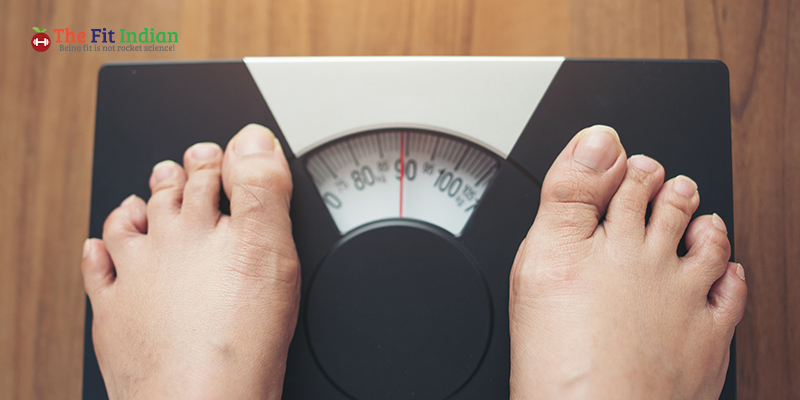 It is measured by the body mass index (BMI). It affects children as well as adolescents. While developed nations have been facing this issue for some time, with the condition even reaching epidemic proportions, developing countries are also seeing an increase in cases.
It is measured by the body mass index (BMI). It affects children as well as adolescents. While developed nations have been facing this issue for some time, with the condition even reaching epidemic proportions, developing countries are also seeing an increase in cases.
It has been estimated that over 22 million children under the age of 5 are obese worldwide, and one in 10 children is overweight. A study conducted on school children in southern India showed that the percentage of overweight children increased from 4.94% of the total students in 2003 to 6.57% in 2005.
The psychological effects of childhood obesity should also be taken into account when treating the condition. Children who are overweight can face immense stress and insecurity due to the social stigma associated with the condition.
Now that you know what childhood obesity is, let’s look at the causes and symptoms of the condition.
Causes and Symptoms of Childhood Obesity
There are many factors that come into play when it comes to the causes of childhood obesity. It is crucial to figure out the right cause in order to treat the condition properly.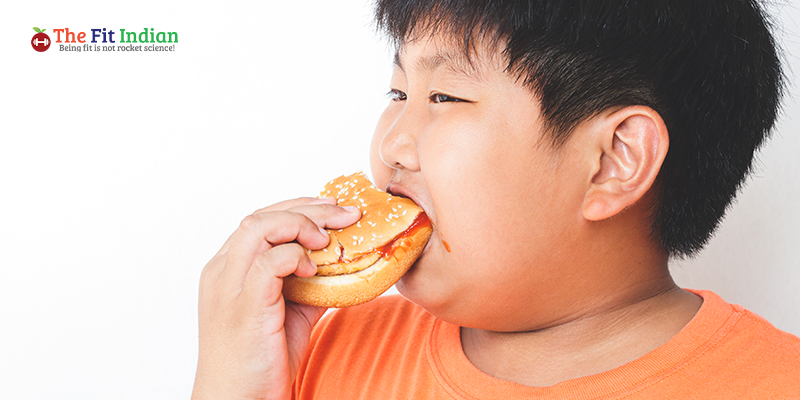
Anything from genes, certain medications, to lifestyle could lead to the condition in children. Let us delve into the causes of obesity.
Causes
These are some of the most common causes that result in obesity among children:
-
Diet
Eating habits dictate our health, and they have certainly taken a turn for the worse. Most children today eat a diet that is extremely high in calories and does not have much nutritional value, such as fast foods, frozen foods, baked goods, and salty snacks. The consumption of sugary drinks and foods has also seen a rise in recent years; sodas, candies, desserts, fruit juices, and sports drinks are high in sugar. These foods and drinks, coupled with a lack of activity, are the perfect recipe for unhealthy weight gain.
-
Lack of physical activity
Today, many children spend a lot of time in front of screens, from phones and computers to televisions. The amount of time spent in outdoor activities has also seen a drastic fall. Children are unable to burn enough calories due to a lack of exercise combined with a high-calorie diet. A lot of time is spent in front of the TV, computer and mobile screens, which limits physical activity. This could be a hindrance in childhood obesity treatment.
-
Psychological factors
Stress is known to increase binge eating, especially on unhealthy foods. While it is a well-known habit in adults, even children can be a victim of this phenomenon. Personal or family stress could result in children overeating to cope with the situation.
-
Family history
Genes play a huge role in obesity. A child coming from a family with a history of obesity is more likely to become obese. Add a bad diet and lack of exercise into the mix, and the risks grow even larger.
-
Certain Medications
Certain prescription drugs such as lithium, gabapentin, propranolol can increase the risk of obesity in children.
Most of these causes are easily preventable, with a dedicated effort from the parents and some counseling. But how do you know your child is obese? There are certain symptoms that could point to the presence of the condition.
Symptoms
Just the appearance is not enough to determine if your child is overweight. A child might seem obese by their appearance due to their body structure or frame or due to the fluctuating weight as they grow. The best way to diagnose the condition is through body mass index (BMI). If you feel your child has become obese, consult a doctor. They might check the BMI and family history to determine if your child suffers from obesity.
If you are unsure about the health of your child, you must consult with your doctor. A doctor can easily diagnose the condition and also assist in providing childhood obesity solutions.
Health Risks Associated With Childhood Obesity
Children who suffer from obesity are at the risk of developing severe health problems later in life, sometimes even at a very early age. Learn more about childhood obesity here.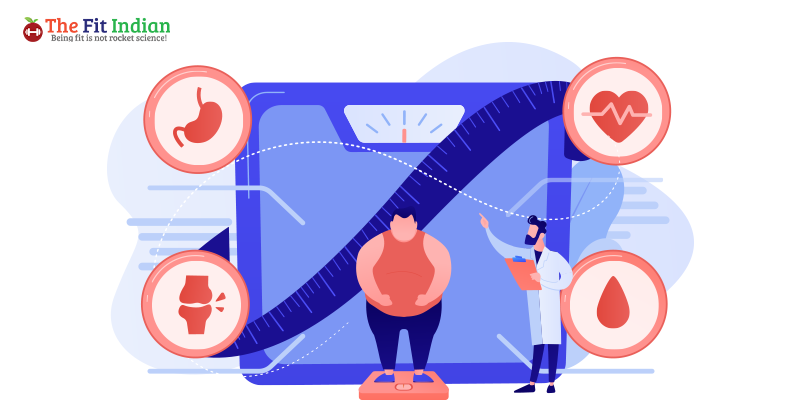
These are some of the most common risks associated with long-term obesity in children.
1. Joint problems
Being overweight can result in stress on the joints such as hips, back, and knees. These can result in a limited range of motion, stiffness, and pain in the joints. This could worsen over time.
2. Asthma
Asthma is a breathing problem that is commonly found in children who are overweight or obese. This could also result in sleep apnea, which is a serious disorder. Children with such comorbidities (obesity and asthma) are at a greater risk of severe complications from COVID-19.
3. Diabetes
One of the most shocking phenomena in health in recent times is the rise of diabetes in children. While genetics plays a huge role in this, it is primarily caused by a lack of physical activity and a bad diet.
4. Heart disease
A bad diet, which is a primary cause of obesity, can lead to hypertension and high cholesterol. These, in turn, could result in heart diseases and stroke.
By treating the condition early, the risk of developing the above health problems can be significantly reduced.
Read on to find out the ways to prevent and manage childhood obesity.
Ways to Prevent Childhood Obesity
Prevention is always better than cure, and this condition is no exception. Childhood obesity is usually a result of lifestyle, and with a few changes in it, the problem can be easily managed. Preventing the condition early on is vital because long-term obesity in children could lead to adult obesity and severe health risks associated with it.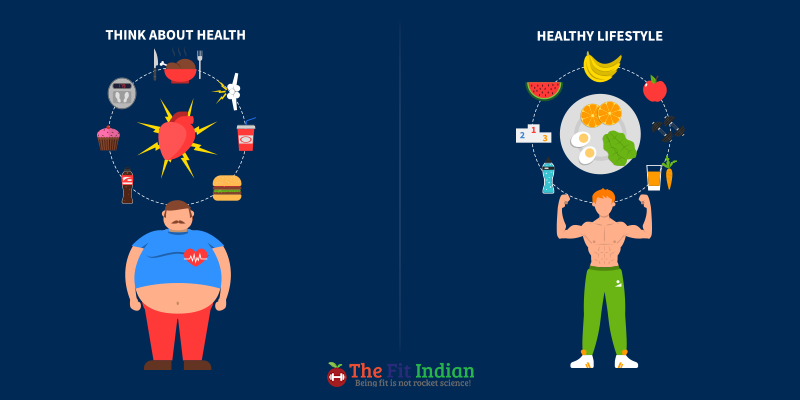 You have to understand your child’s habits and make changes accordingly in order to prevent or manage obesity. These are some of the ways you can help your child stay healthy and keep the condition at bay.
You have to understand your child’s habits and make changes accordingly in order to prevent or manage obesity. These are some of the ways you can help your child stay healthy and keep the condition at bay.
1. Healthy eating
Since the diet is an integral part of the treatment plan for children with obesity, it is necessary to ensure that your child eats healthy. Cut down on unhealthy snacks and add more healthy food options such as fruits, vegetables, and whole grains to their diet. Keep it interesting by introducing new food occasionally and being creative with cooking. You can also consult with a nutritionist to get proper diet recommendations.
2. Physical activity
Lack of physical activity is said to be among the leading causes of obesity, whether in children or adults. Lack of exercise coupled with a bad diet high in calories is even more detrimental to their health. There are several ways to keep your kids active; you could encourage them to play a sport that they enjoy or have a family outing that could allow them to be more active.
3. Less screen time
Over the last couple of decades, the amount of time spent on outdoor activities has decreased as kids spend more time in front of screens. A lack of space in urban areas can also be blamed for the lack of physical activity. Children also eat while they are in front of the screen. So, cut down on the screen time and encourage them to engage in physical activity that they could enjoy.
Apart from this, you must also ensure that your child gets proper rest. Lack of sleep can increase the risk of obesity in children. Parents might also require counseling to understand the situation better and manage the condition properly.
A good diet such as the one below is a highly effective way of preventing and managing obesity.
Diet and Nutrition for Obese Children
As you already know, diet plays a vital role in the condition. While a bad diet can cause obesity in children, a healthy diet can prevent and manage it.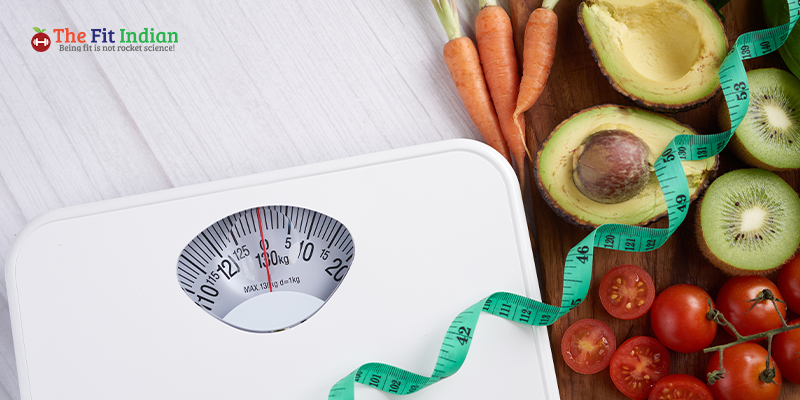
Take a look at the typical diet for an overweight child. This diet is highly nutritious and will meet your child’s nutritional needs and help manage the condition.
Diet plan for childhood obesity
Early morning: Toned milk – 1 glass
Breakfast: Corn flakes with milk – 1 bowl
or
Omelets with brown bread – 2 slices with fruit juice (with pulp)
or
Pasta with lots of veggies (from whole grain) – 1 bowl
Mid-morning: Fruit smoothie
or
Soaked nuts (Almonds or walnuts)
Lunch: Brown rice – 1 cup
Cucumber salad – 1no
Dal with GLV – 2 cups
Curd – 1 cup (low-fat milk)
Evening: Boiled sprouted salad – 1 cup
Or
Whole wheat biscuits – 2no
Dinner: Brown rice – I cup
Mixed vegetable curry – 2 cups
Scrambled egg – 1no /Grilled fish-2 no/ Grilled chicken without skin-2no
Bedtime: Any fruit – 1no
or
Turmeric milk – 1 glass (low-fat milk)
- Food restrictions:
- Avoid red meat
- Exclude all junk foods such as pizza, burgers, and fries
- Restrict simple sugars and refined foods
- Avoid sugar, chocolates, and candies
- Important Dietary Guidelines:
- Eat a variety of foods to get the benefits of different nutrients available in them
- Ensure moderate use of edible oil and animal foods and minimize the use of ghee/butter/vanaspati
- Keep the intake of salt to a minimum; reduce the intake of preserved and processed foods
- Keep your body well hydrated with enough water intake and other healthy fluids
- Avoid aerated drinks and canned beverages
- Ensure the use of safe and clean foods
- Adopt the right cooking methods
- Always keep the portion intake in moderation
- Include a variety of vegetables and fruits regularly as they protect from diseases
Providing your child with a highly nutritious and healthy diet is one of the most effective childhood obesity prevention methods. A regular diet such as the one above is both nutritious and delicious to keep your child interested. You can get in touch with a nutritionist to get a comprehensive diet plan for your child.
Takeaway
The modern-day lifestyle and the constraints are the primary reasons for the mind-boggling rise in the disease. The rampant increase of cases of childhood obesity has forced us to take the condition more seriously. If not treated early on, the child could face the risk of obesity in adulthood and the resultant diseases. Hence, the condition must be tackled in the early stages. With a bit of change in lifestyle and some counseling, this is an easy task to accomplish.
FAQ’s
1. What are the main causes of childhood obesity?
There are many factors involved in childhood obesity. While genetics and specific health conditions can cause this, the most significant contributors are lifestyle issues such as a bad diet and lack of physical activity.
2. What is childhood obesity?
This condition occurs when a child’s weight is more than the healthy or normal weight for their height and age.
3. What are 5 factors contributing to the increase in childhood obesity?
Lack of physical activity, genetics, bad diet, excess calorie consumption, and certain medications are 5 factors that could increase the risk of the condition.
4. How can we solve childhood obesity?
This can be solvable through a proper healthy diet, more physical activity, and less screen time.
5. What can obesity lead to?
Long-term obesity could lead to severe health conditions such as diabetes, heart disease, and hypertension.
6. What are 3 main causes of obesity?
While medications and myriad other factors play a role in developing the condition, the primary causes usually are overeating, a sedentary lifestyle, and genetics.
7. Who is at risk for childhood obesity?
This depends on several factors such as age, ethnicity, financial condition, genetics, medications, and lifestyle.
8. Does obesity start in childhood?
Obesity can occur during childhood, in children above the age of 5. Adolescents are also at risk of being obese, which could continue into their adulthood.
9. How long has childhood obesity been a problem?
There is no evidence that states that this is a recent problem. But it is generally believed to be a recent phenomenon owing to lifestyle changes over the last few decades.
10. Who is to blame for obesity?
In several cases, the condition could be a result of medication or genetics; hence an individual cannot be blamed for it. Children especially should not be blamed for being obese. The parent’s responsibility is to ensure that their child avoids unhealthy food and spends more time involved in physical activity.




Manoja Kalakanti